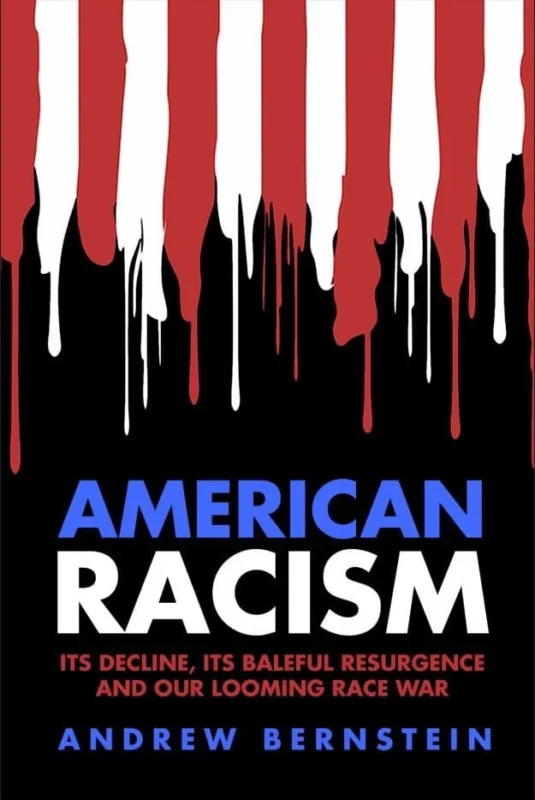AN ANALOGY-GETTING FROM HERE TO THERE
Suppose you are planning to drive from Boston to Los Angeles. If you are like us, you will get a map (online from the Internet), remember that over long distances the great circle route is actually the shortest distance between two points on the surface of a globe, and you will map out the route along major highways to take advantage of the turnpike theorem, which says that it’s preferable to go a little out of your way to take advantage of higher speed paths.
Off you go, following your carefully mapped route-until you en- counter a traffic jam, or unplanned detour. This, of course, is unexpected.
Now think about the analogy with capital budgeting decisions. Net present value, or discounted cash flows, deals only with expected cash flows, discounted at a constant rate because risk is assumed to be unchanging during the life of the project. Using expected cash flows is like assuming that you can drive across the country using your expected route–no detours, no traffic jams, no bad weather-no ability to respond to uncertainty.
Senior decision makers, most of whom have been knocked around by life’s uncertainties, are more than a little cynical about using net present value. The entire concept is based on restrictive assumptions. A typical NPV analysis goes like this. You are going to invest $450 million over the next 2 years ($ 100 million immediately and $350 million next year) to build a new factory that will last 20 years, generate a new stream of revenues that starts at $80 million at the end of the third year and grows at 8 percent, and incur total costs of $60 million that start in the third year and grow at 6 percent. There is no salvage value, no working capital, no tax, and depreciation is straight line. The weighted average cost of capital is IO percent. The NPV is -$12.7 million, and its logic suggests that the project should be rejected. But the assumptions are completely unrealistic. The $450 million investment takes place in stages-design, engineering, and construction-and it can be abandoned at each. If the project goes well, it can be expanded (at a cost) or extended (at a different cost). If it goes badly after construction, it can be scaled back, or sold for a floor price. And no one says that the factory has to be built now. It can be deferred until more favorable conditions prevail. There are at least five different types of managerial flexibility to respond to uncertainties.
DEFINITION OF A REAL OPTION
A real option is the right, but not the obligation, to take an action (e.g., deferring, expanding, contracting, or abandoning) at a predetermined cost called the exercise price, for a predetermined period of time-the life of the option. If we had invested in a complete map with all possible alternate routes to Los Angeles, a radio to get weather and traffic updates, and a global positioning indicator to continuously update our location; we would have been investing in flexibility-and the time saved as a result of the additional flexibility would presumably pay for the cost. It is completely unrealistic to expect to travel from Boston to Los Angeles without a detour. And it is equally unrealistic to believe that expected NPV captures the value of flexibility that decision makers have when they undertake projects. We would go so far as to say that NPV systematically undervalues every project.
Like their financial cousins, the value of real options depends on five basic variables (although others may come into the picture), plus an important sixth. The five are:
1. The value of the underlying risky asset. In the case of real options, this is a project, investment, or acquisition. If the value of the underlying asset goes up, so too does the value of the option. One of the important differences between financial and real options is that the owner of a financial option cannot affect the value of the underlying (e.g., a share of General Motors stock). But, the management that operates a real asset can raise its value and thereby raise the value of all real options that depend on it.
2. The exercise price. This is the amount of money invested to exercise the option if you are “buying” the asset (with a call option), or the amount of money received if you are “selling” it (with a put option). As the exercise price of an option increases, the value of the call option decreases and the value of the put increases.
3. The time to expiration of the option. As the time to expiration increases, so does the value of the option.
4. The standard deviation of the value of the underlying risky asset. The value of an option increases with the riskiness of the underlying asset because the payoffs of a (call) option depend on the value of the underlying exceeding its exercise price and the probability of this increases with the volatility of the underlying.
5. The risk-free rate of interest over the life of the option. As the risk- free rate goes up, the value of the option also increases.
The sixth variable is the dividends that may be paid out by the underlying asset: the cash outflows or inflows over its life. These six variables are illustrated in Exhibit 1. 1.
Exhibit 1.1
Six variables that drive the real options analysis value.
1. Expected Present Value of Cash
| 4. Uncertainty (Volatility) about
| ||
2. Exercise Price/Investment Cost
| 5. Risk-free Interest Rate
| ||
3. Time to Expire
| 6. Cash Flows (Dividends) Lost Due to
|
Source: T. Copeland, T. Koller, and J. Murrin, Valuation: Measuring and Managing the Valuation of Companies, 3rd edition, New York: John Wiley & Sons, 2000.
Let’s see if we can identify an option and the variables that governed its value at work in the oldest recorded history of a real option. In the writings of Aristotle is the story of Thales, the sophist philosopher who lived on the island of Milos in the Mediterranean. It seems that Thales read the tea leaves and interpreted them as forecasting a bountiful olive harvest that year. In fact, the reading was so favorable that Thales took his life’s savings, a modest amount of money, and bargained with the owners of the olive presses to grant him the right to rent their presses for the usual rate during the harvest season in return for his life savings.
Sure enough, the harvest exceeded all expectations, and when the olive growers rushed to the presses to extract the precious oil, Thales was there. He paid the usual rent to the press owners, as required by contract, then turned around and charged the market price-a much higher amount-for use of the presses, which were in high demand. Thales made a fortune, proving for all time, the wisdom of sophists. This is the earliest example, in recorded history, of a real options contract. Can you identify the variables?
The underlying risky asset was the rental value of the olive presses. The driving cause of the uncertainty was the variability of the olive harvest, but the actual variable of interest (the underlying risky asset) was the standard deviation of the value of the rental fee on the olive presses. The exercise price was the normal rental rate, a value that had been written into the contract. The risk-free rate was, presumably, an observable market rate. And the time to maturity was the time until the olive harvest.









